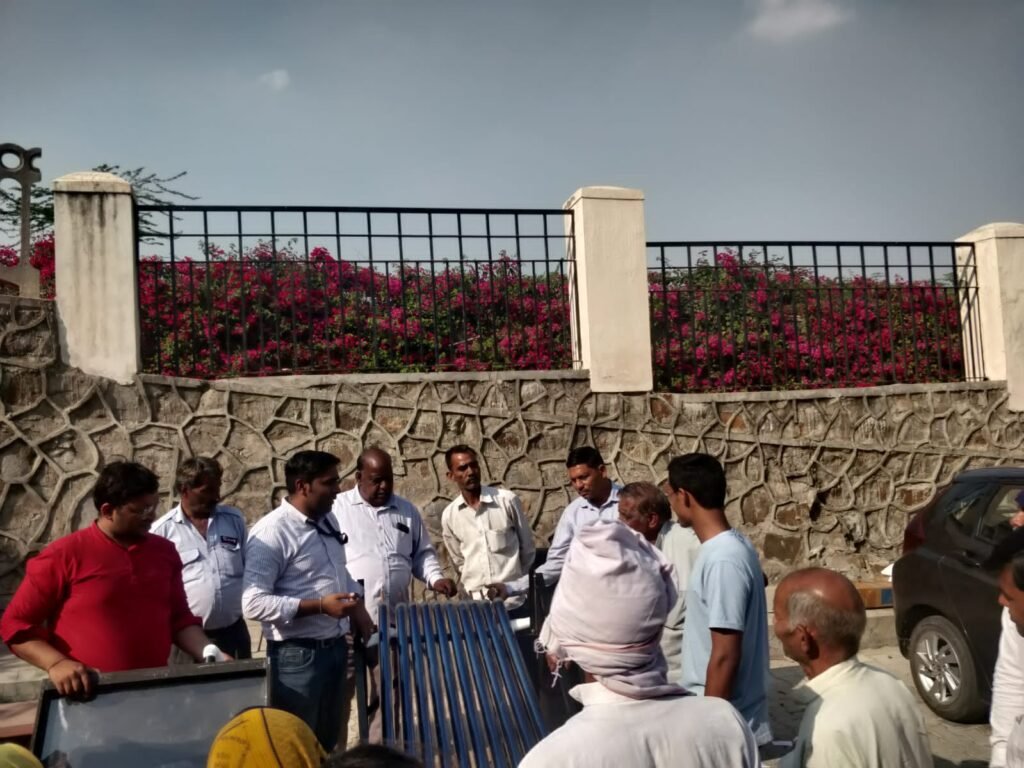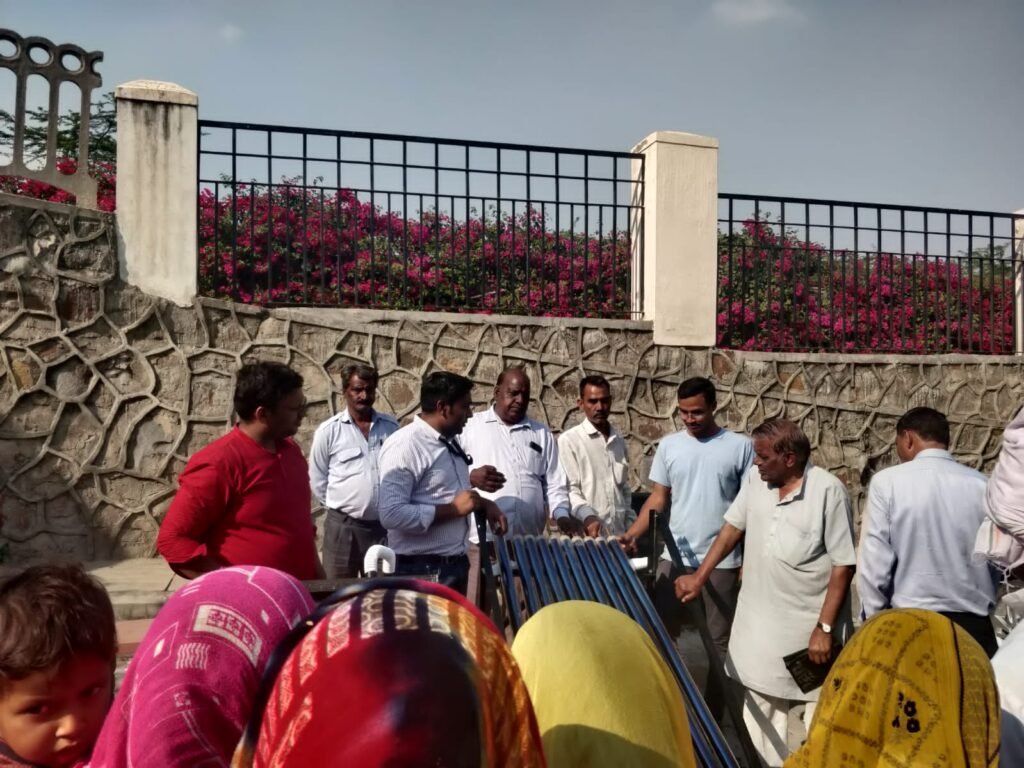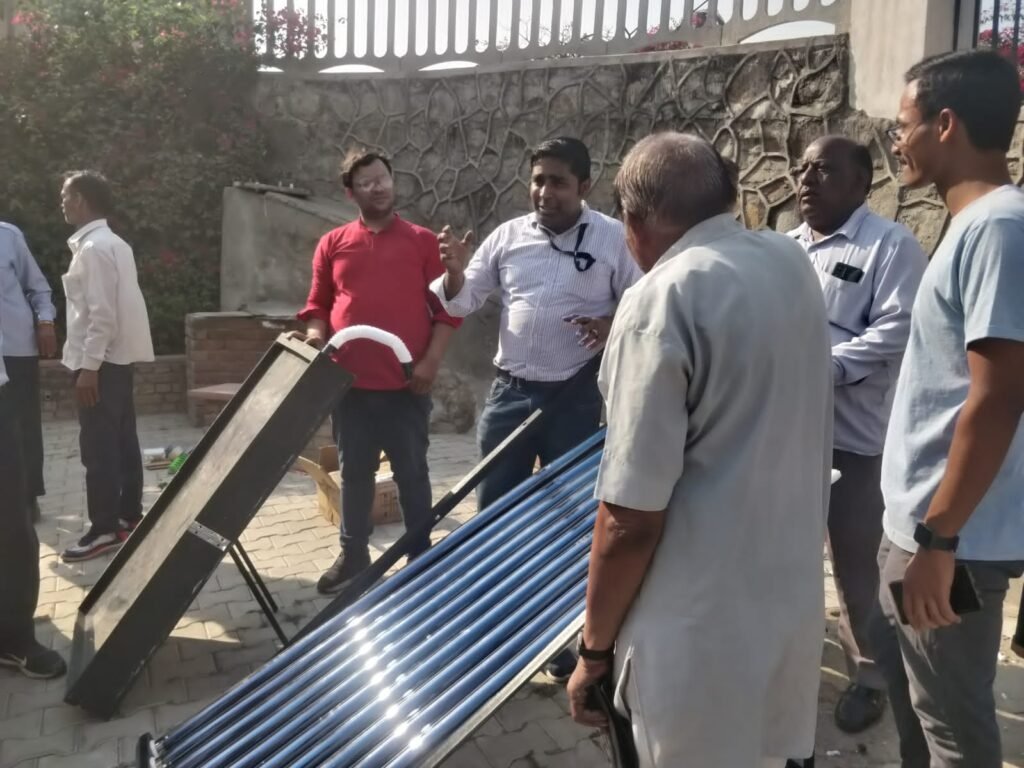Solar Dryer
A device that uses solar energy to heat the air and dry food products thereby decreasing agricultural waste.
Solar dryers are utilized to remove moisture content from vegetables, fruits and crops. It exploits the heat from the sun to take out the moisture content. The solar dryer can easily be constructed by the use of cheap and readily available materials such as wood, glass, cement, galvanized iron, aluminum sheets. The top surface of the dryer is covered by transparent single and double-layered sheets. The inside surface is colored black to absorb the incoming solar radiation. Since the box is insulated, the inside temperature of the box is raised. The air is ventilated through the small holes in the box. As the inside air gets warm, it rises by the natural circulation process and removes the moisture from the fruits, vegetables, and the crops placed in trays inside the box.
Components
Solar collector
Drying cabinet
Air blower
Copper sheet
Acrylic Sheet
MDF board
Drying tray
Flexible pipe
Glass Wool
Thermocouple
Heat exchanger
Copper fins
Major Challenges
While there are many different methods but they all revolve around an important factor that is the presence of solar energy. However, the fluctuations in weather conditions and the intermittency of solar energy highly affect the temperature and threshold of drying air.
Hence, the quality of the dried products is strongly affected. Hence, solar dryers are still limited and could not be effective without the presence of another energy source and without control of all drying parameters (temperature, humidity and airflow).
The temperature inside the drying chamber is the most crucial parameter that directly decides the drying rate, the dryers can only be utilized for drying between 70o-80o Celsius.
A solution is needed to maintain the temperature inside the drying chamber for extended duration of time and also increase the working temperature of drying chamber, we will be able to eliminate apparent complications.
Features of Our Product
Strategy
Our aim is to improve the effectiveness of solar dryers by increasing the operational temperature and decreasing humidity inside the solar dryer.
Primary Chamber
It targets heat generation using solar energy trapped in a black box.
Secondary Chamber
It consists of solar glass evacuated tube collectors to transfer heat to the working fluid i.e. air.
Heat Exchanger
Hot air from heat pipes in the solar evacuated tubes is transferred to a drying chamber
Permits early harvesting and reduces the field losses of the products.
Reduces the risk of field losses caused by wild animals.
Comparatively more hygienic and efficient than open sun drying
Permits better planning of harvesting season as it reduces spoilage in storage drastically
Permits farmers to sell their products at better price during early harvesting season
Significant enhancement of quality of product thereby increasing farmer income
Primary Chamber
The project has three major components – Primary Chamber, Secondary Chamber and Heat Exchanger which have all been built by students using readily available materials.
Primary Chamber
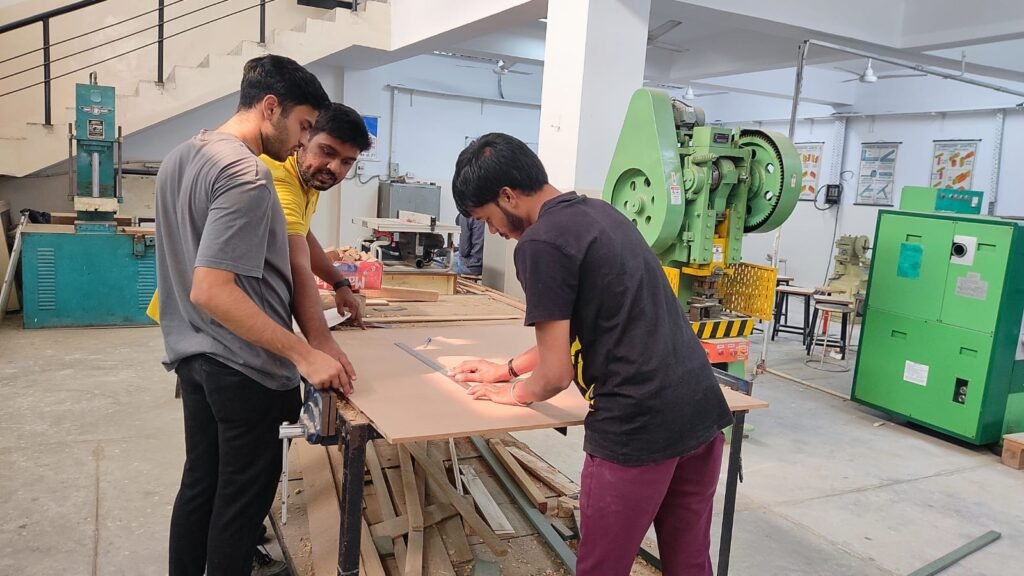



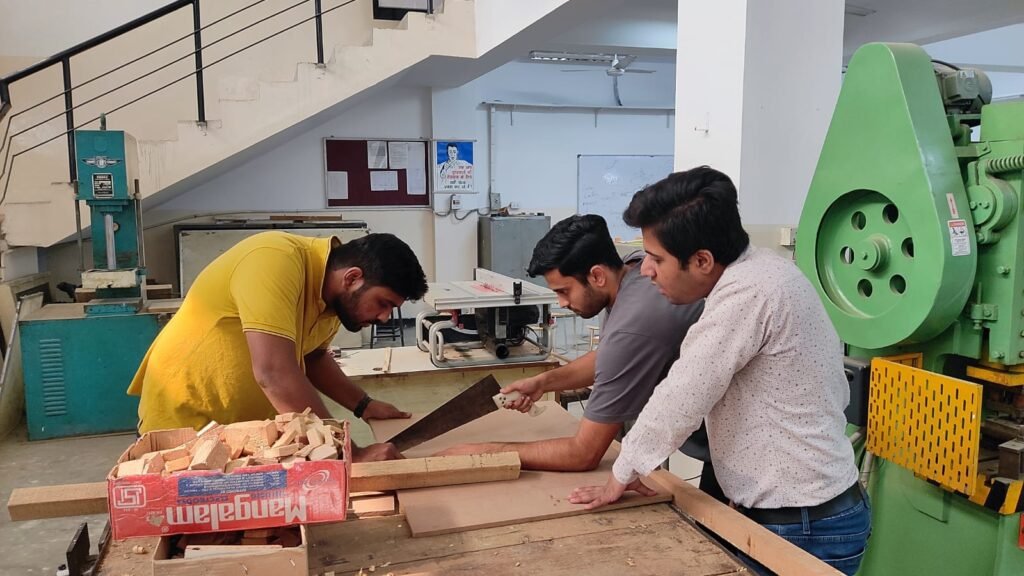

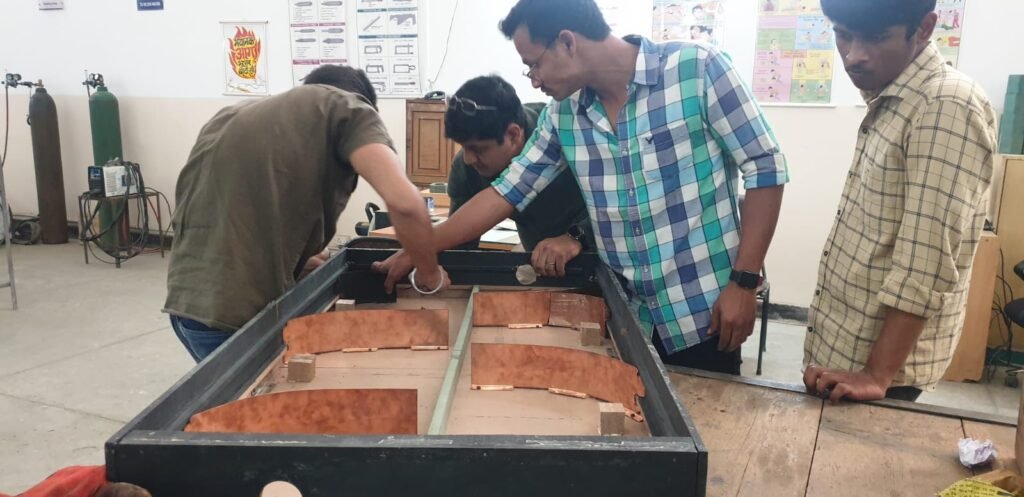
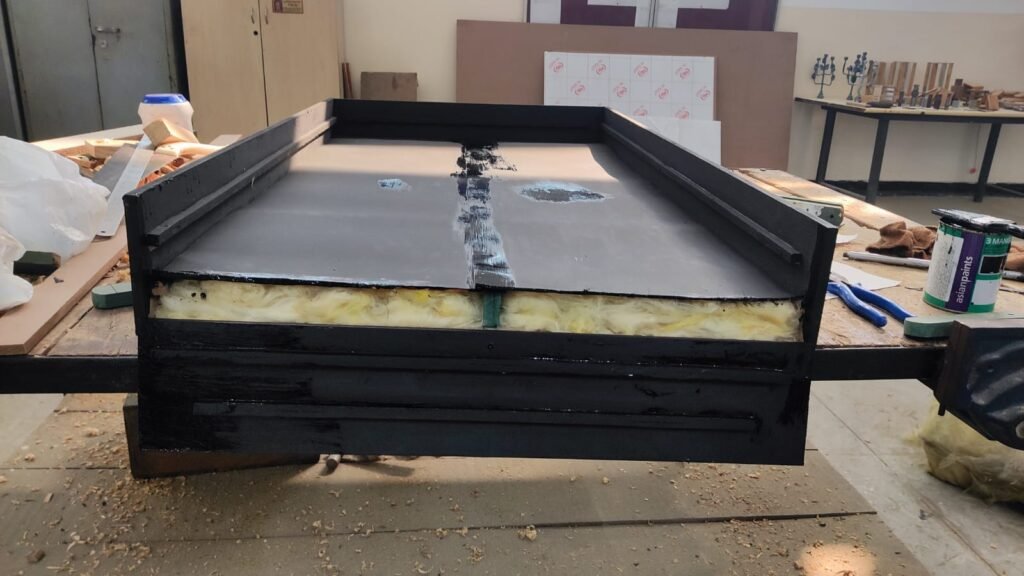
Secondary Chamber

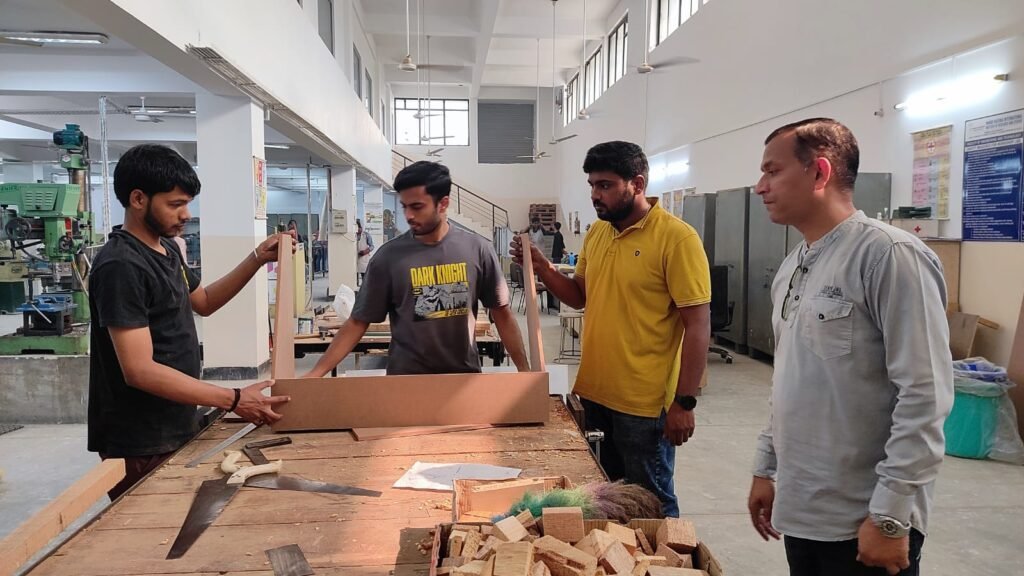
Heat Exchanger
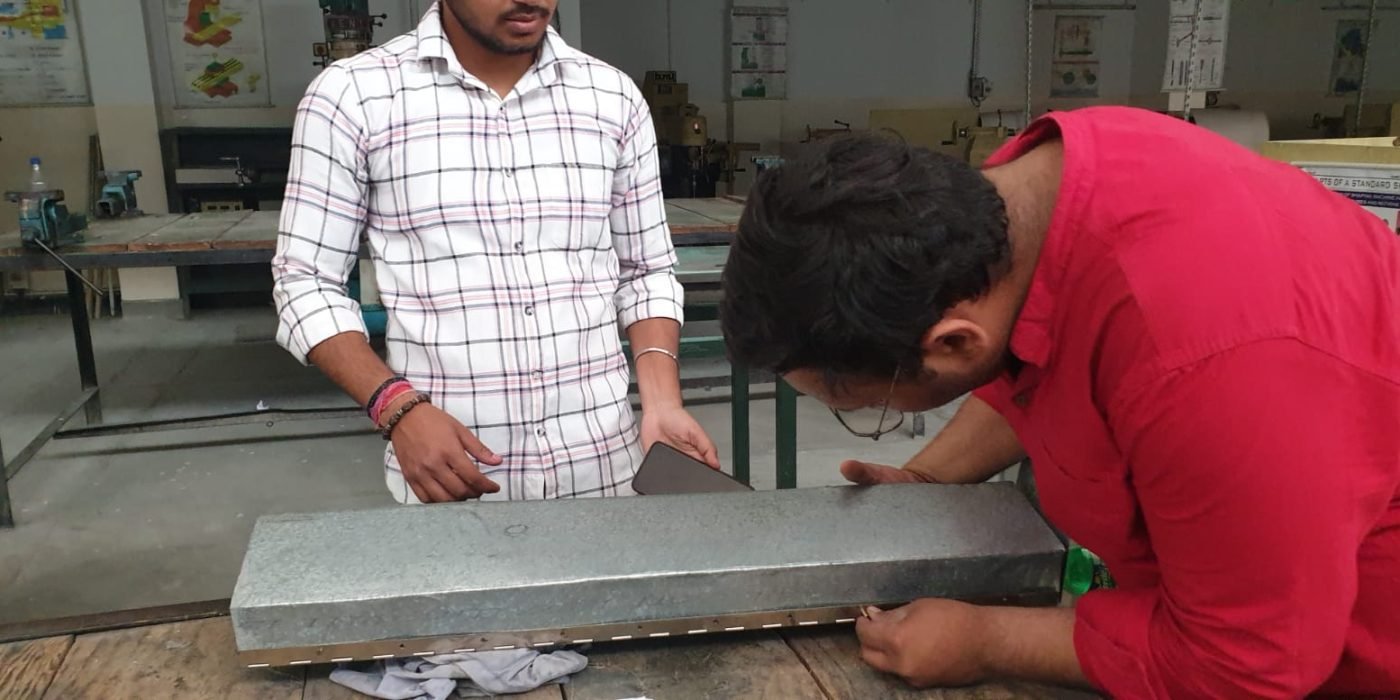



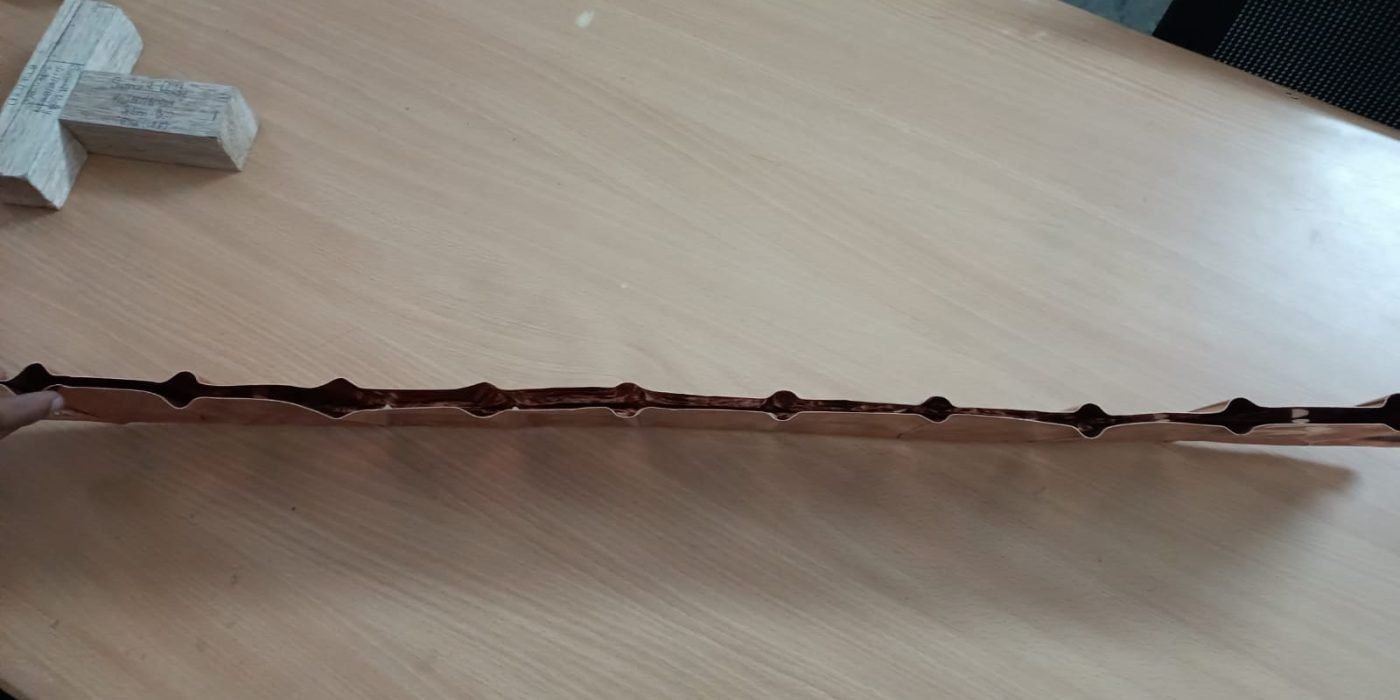
Results
Solar dryers are utilized to remove moisture content from vegetables, fruits and crops. It exploits the heat from the sun to take out the moisture content. The solar dryer can easily be constructed by the use of cheap and readily available materials such as wood, glass, cement, galvanized iron, aluminum sheets.




What farmers say:

